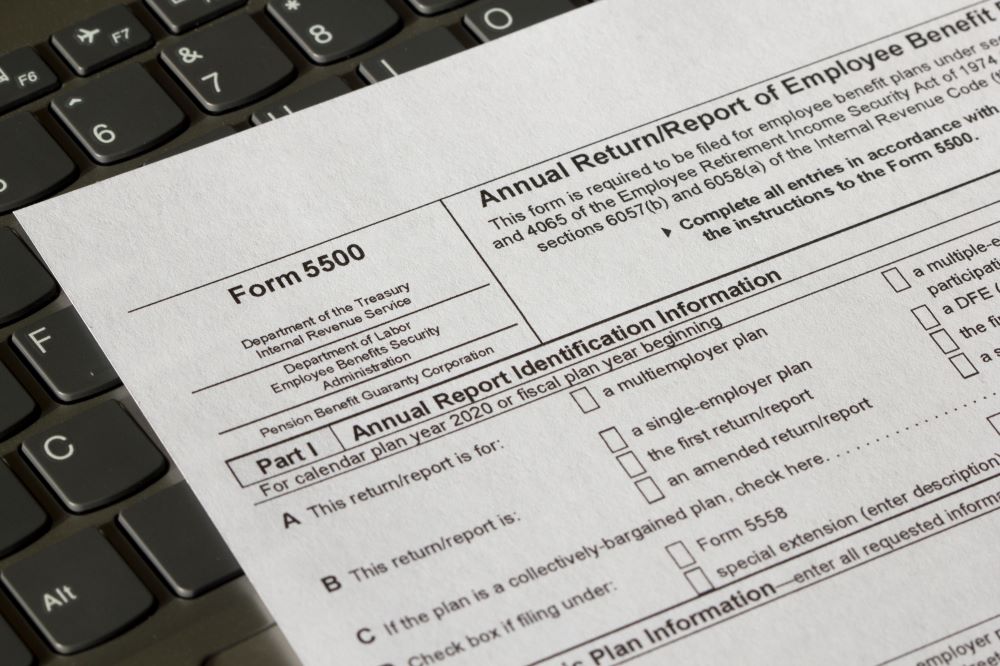
June 6, 2023

In late 2022, President Biden signed the SECURE Act 2.0 into law as part of the Consolidated Appropriations Act of 2023. The legislation included comprehensive changes designed to improve access to retirement saving accounts and make it easier to grow individual retirement savings. While many of the updates targeted workers, there were also some designed to make starting and administering an employer sponsored retirement plan easier and less costly. One important provision was contained in Section 305, which calls for an expansion of the Self Correction Program (SCP) under the IRS Employee Plans Compliance Resolution System (EPCRS). Specifically, plan sponsors are now able to self-correct eligible inadvertent failures under certain conditions. However, since the IRS had not yet issued updated guidance, many plans were unable to take advantage of the change.
Last month, the agency issued IRS Notice 2023-43 which provides interim guidance in the form of questions and answers. The update contains information about when a plan may self-correct an inadvertent error before the expected update of Revenue Procedure 2021-30, Introduction to Employee Plans Compliance Resolution System. There is also self-correction information relevant to IRA custodians as well. To help clients, prospects, and others, Wilson Lewis has provided a summary of the key details below.
The guidance provides specific information about inadvertent errors which may be resolved using the SCP. A plan sponsor can correct this error type, including those that related to loan failures, under the following conditions:
There is also information about the type of plan failures which may not be resolved using the SCP, including:
There was also a question about when a plan error will be treated as being identified by the Secretary and is therefore no longer eligible to participate. An inadvertent eligible failure can no longer be corrected once the plan comes under an examination. The only exception is when the plan sponsor, prior to undergoing an examination, demonstrated a specific commitment to implement a self-correction with respect to the failure.
A specific commitment to resolve the error will be determined by accounting for all the facts and circumstances. However, actions must demonstrate the plan is actively pursuing correction of the identified failure. It is important to note that completion of an annual compliance audit or adoption of a general statement of intent to correct failures when discovered will not be interpreted as demonstrating a specific commitment.
The recently issued guidance provides specific information on how the SCP can be used to correct eligible inadvertent failures before final guidance is implemented. This is certainly welcome news for plan sponsors seeking to take advantage of the change. If you have questions about the information outlined above or need assistance with your next benefit plan audit, Wilson Lewis can help. For additional information call 770-476-1004 or click here to contact us. We look forward to speaking with you soon.